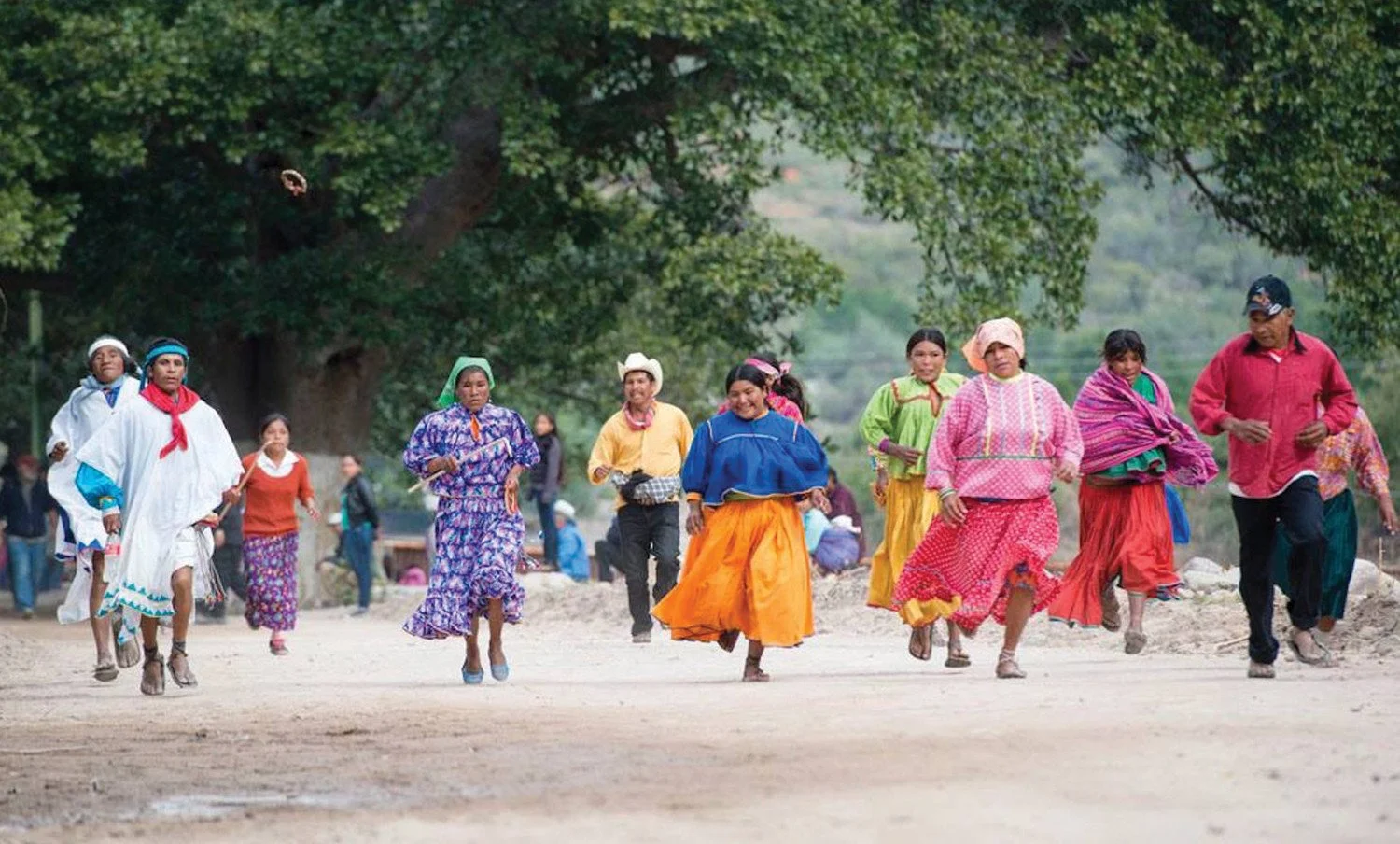Joanna Macy’s Final Lesson: Hope Is a Verb
Photo courtesy of Joanna Macy
Joanna Macy did not live to see peace in the Middle East or the heat dome settling over the American Midwest this week, but she did anticipate the moral math for those she’s left behind.
“If the world is to be healed through human efforts,” she once wrote. “I am convinced it will be by ordinary people, people whose love for this life is even greater than their fear.”
She died on July 19, 2025, at the age of 96, after a lifetime of trying to teach the rest of us how to transform both the world and ourselves.
Most obituaries will call her an environmental activist and a Buddhist scholar. Those labels are both accurate and wildly insufficient. For over seven decades, Macy’s work bridged systems theory, ecology and Buddhist thought to argue that personal despair and planetary crisis are two sides of the same wound.
Known for her 1983 book Despair and Personal Power in the Nuclear Age, and for later developing The Work That Reconnects, a workshop model now taught on every continent, Macy offered generations a path to honor grief, awaken interdependence and take meaningful, collective action.
a Life Dedicated to Earth and Spirit
Born Joanna Rogers in Los Angeles on May 2, 1929, Macy came of age under the twin shadows of the Great Depression and Hiroshima.
After graduating Wellesley College and marrying peace‑corps official Francis Macy, she followed his postings to Nigeria, Tunisia and, crucially, India—where Tibetan refugees fleeing Chinese occupation introduced her to Buddhism. Back in the States, she stitched those teachings to general systems theory while earning a Ph.D. at Syracuse University.
Photo By Joan Beard
Macy was fond of saying that we “are our world knowing itself,” emphasizing that the self is not separate from the ecological systems around us. It was this ecological reading of spirituality that propelled Macy from lecture halls to picket lines.
She marched for civil rights, campaigned against nuclear weapons and, wherever she traveled, she brought mindfulness and compassion into activism, embodying what her friend Thich Nhat Hanh termed “interbeing”, or the profound interconnectedness of all life.
The Work That Reconnects
Central to Joanna Macy’s legacy is The Work That Reconnects, a four‑stage group process—gratitude, grief, new perspective and action—she developed to guide people from despair to active hope. Macy was the root teacher of this group and workshop methodology, which has been adopted by schools, churches and communities worldwide as a practice of collective healing.
Her teachings were grounded in a few key principles and practices that she believed would help both systems and selves to change:
Coming from Gratitude: Macy always began with gratitude for the simple gift of life. Practicing gratitude helps quiet fear and grounds us, opening us to think and act with greater clarity. Macy’s insistence on gratitude reminds us of what we’re fighting for and that we are sustained by countless gifts of nature and community.
Honoring Our Pain for the World: Rather than ignore the anguish of climate change, mass extinction or social injustice, Macy taught people to acknowledge and share their pain. Grieving together for the world breaks the spell of isolation. It affirms that our sorrow and outrage spring from love. Feeling is a form of connection. Paradoxically, by owning our pain, we also discover our power to respond.
Seeing with New Eyes: After gratitude and grief, Macy encouraged a shift in perspective. Participants in her workshops report a profound sense of interconnection and possibility emerging. We start to see with new eyes that we are not separate from the web of life, and that even small acts can ripple out.
Going Forth: Macy emphasized taking action, no matter how modest, as an antidote to despair. Every person has a role in the healing of the world. “Find what you love to work on and take joy in that. Never try to do it alone,” she advised, urging people to link up with others.
Active Hope: In Macy’s view, hope is something you do, not something you have. This rejects both blind optimism and cynical defeatism and instead focuses on our intentional choice to show up for the world.
Through gratitude, honoring pain, seeing anew and action, her students found not only renewed motivation to tackle systemic problems but also personal transformation. Macy showed that inner work and outer work feed each other.
As one of her core teachings put it: “As we work to heal the Earth, the Earth heals us”. Our sense of self expands and we experience what she called the “ecological self” – a self that understands “we are our world” and acts accordingly.
Why Joanna Macy’s Legacy Matters Now More than Ever
Macy’s death arrives during the hottest months on record, the loudest culture wars in decades and a political class that debates whether floods and wildfires have partisan affiliation. The temptation to panic or numb into apathy is understandable. But both are twin dead‑ends that Macy, fortunately for us, mapped escape routes from. Hope, she insisted, is not optimism about the odds, it’s fidelity to what we love.
“The heart that breaks open can contain the whole universe,” she liked to say.
So feel everything, all of it, then aim it.





